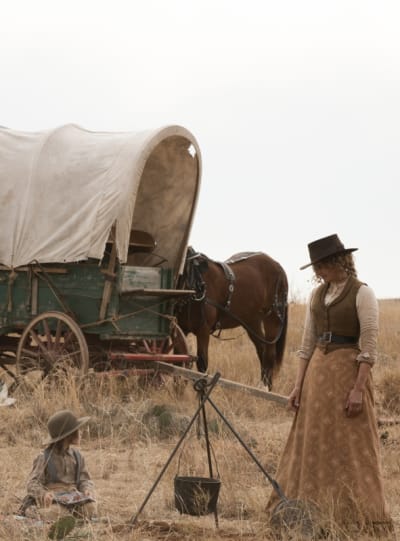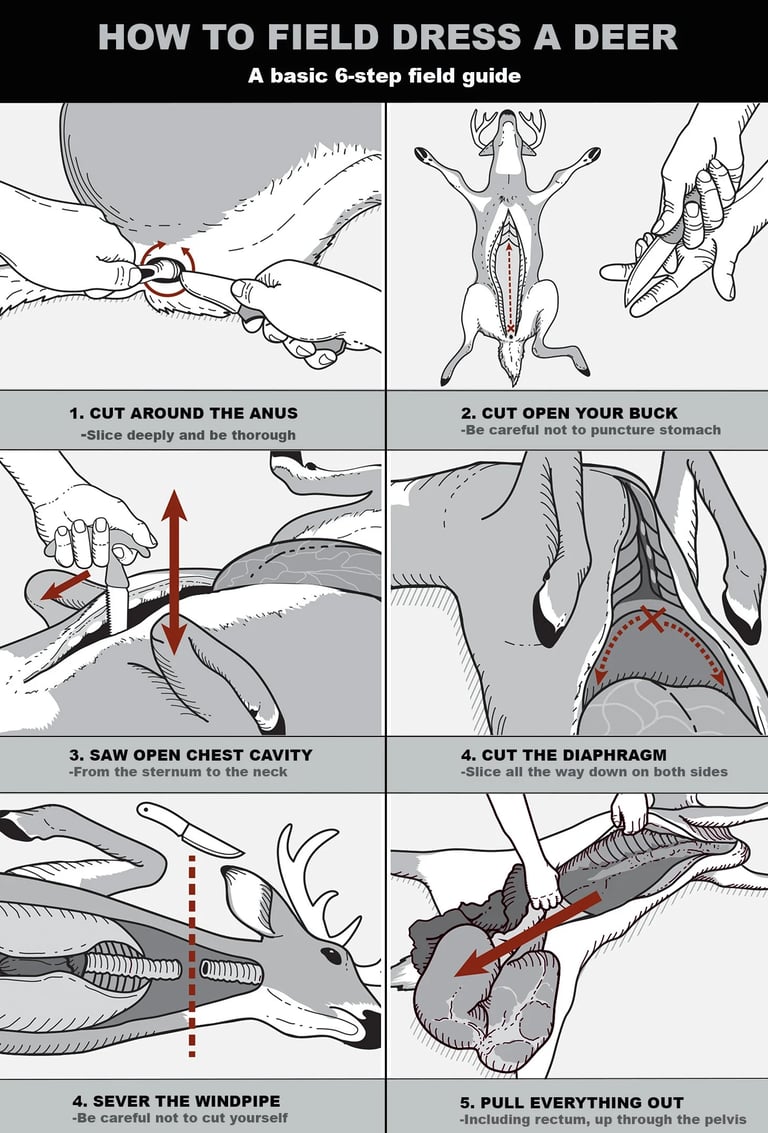The Frontierswomen of the Westward Expansion
BBL & WAP Aside, Could You Survive Life on The Frontier? All jokes aside, do you think you’ve got what it takes to show true grit in an apocalyptic scenario? Let’s pick this apart
TURN-OF-THE-CENTURYOREGON TRAILCALIFORNIA TRAILPIONEERSFRONTIER
I. Burke
11/3/20255 min read
While our men were out there building, hunting, mining and shaping this country, it was our tough-ass sistren predecessors protecting the perimeter of the homesteads and keeping livestock maintained with shotguns at the ready. They were definitely the backbone — no weak links, no excuses. And to further emphasize their tenacity, note: the pioneer frontierswomen churned the butter, plowed fields, gave birth in blizzards without anesthetics, and stitched clothes out of animal hides - just to name a few tasks in their daily lives. Today? We rely on police and pitch a bitch if our Uggs get scuffed.
Way before electricity, before medicine, before comfort… there were women who built homes out of nothing but courage, wood, stonestacking, and grit dirt. These were the frontier women — survivors in every sense of the word. They cooked, stitched, built, birthed, and buried, all while holding down the fort when their men were out hunting, defending, or dying for the dream of America.




🪶 True Grit & Frontier Femininity
While the men protected the perimeter and hunted game, it was the women keeping the homestead running and life as a pioneer on the frontier was from sunrise to sunset. I said: from the crack of dawn until you all stop walking for the day.
SEWING:
A commonsense endeavor, and necessary for mending and making clothing for protection from the elements. They'd not be worried about fashion statements or the least bit interested in what was trending at the time! They'd sew hides, skins, and make the most out of pelts. Patch work would be placed on rips and rips were common.
FORAGING: Knowing What You Can Eat
Back then, Whole Foods was called the woods. Frontier women knew which roots, berries, and greens would nourish them — and which would drop them dead. One mistake could mean the end. These are great tips for safely foraging wild foods.
Cooking! Another issue! A significant number of women can't cook now, with all of the conveniences of conventional gadgets and machinery! Turn this new generation of "independent" women loose in a frontier setting; Fuhgeddaboutit! Those women cooked and prepared a diet based on resourcefulness and necessity, relying on staple crops, preserved foods, and wild game. Their diet was generally high in carbohydrates and rich in preserved meats to provide energy for demanding physical labor. The types of food and cooking methods varied depending on the region, climate, and time of year.
They relied on staple crops, preserved meats, and wild game to fuel their daily grind. Some staples of the frontier diet included:
Bone Soup: Yup. When the pantry was bare, bone broth kept their bodies going. These women didn’t post dinner — they survived it.
Staple foods
• Corn: As a durable crop, corn was a frontier staple that women used for many dishes.
• Cornmeal: Ground into meal, it was used to make cornbread, porridge (mush), and "johnnycakes" or "corn dodgers," which could be carried for meals on the go.
• Hominy: Whole corn kernels were treated with lye to soften them, creating hominy.
• Breads and grains: Simple breads, biscuits, and crackers were a daily necessity.
HIGH CARBON STEEL - Why it works:
High-carbon steel is hard enough to produce a spark but soft enough that the harder rock can scrape off tiny bits of it. The friction of this process heats the iron in the steel shavings which then ignites the sparks needed to start a fire.
Hunting: Can you hunt? I can aim and know of key locations for a precise kill shot. Aim Straight or Starve. Forget sideways, aimless spraying. This wasn’t a game; this was survival. You learned to shoot clean — heart, lungs, or head. Waste a bullet, lose a meal. Personally, I can aim. Once you learn key kill zones, it sticks — as long as you’ve got the will and a teachable mindset.
Skinning & Fileting: I can filet — my culinary days taught me that — but skinning? Scales, feathers and fur? Nope. No can do. And that’s okay, because half of this info I’m curating is for my own benefit too. I’m not pretending to be some wilderness wiz; I’m learning right alongside you.
Preserving Meats: Salting was the best long-term method — especially for travel or winter storage. Brining added more flavor but requires fresh water, which wasn’t always available. So yeah — salting was preferred over brining when it came to survival. . All meals, be it supper (and/or breakfast, if they were lucky enough to eat twice a day) were cooked on cast-iron, served on tinplate, and most likely seasoned with tears and curse words.




Women’s Health in the Wilderness. Oof! No tampons. No Midol. No heating pads. No routine bathing. Malnourishment made periods irregular, but when they came — rags. Hence the phrase “on the rag.” Gross? Yup. True? Also yup. Pioneer diaries never mentioned menstruation — but we know they endured it, probably while boiling water, cooking stew, and shooing off coyotes.
Real Talk: Not everyone has what it takes for survival.... Pioneering wasn’t just about exposure to the elements and wildlife, it was literally the wild, wild west from bandits to outlaws to native Indian tribal attacks, life was a chaotic mess. While humbling: It’s a fair assumption to state that during America’s westward expansion, every mile filtered people through a kind of natural selection for grit. Those who reached and settled the West Coast were, by nature, the toughest, most risk-tolerant, and determined souls — the ones willing to gamble everything for a fresh start.
Over generations, that mindset likely embedded itself into their descendants, shaping a culture of independence and relentless drive among settlers in the west. Meanwhile, the East Coast, though the birthplace of America’s institutions and industrial eras, grew more established and stable. (which later afforded those citizens the ability to set a standard of luxury.) In contrast, the West came to embody the raw, restless spirit of the nation — a living echo of the courage it took to keep pushing toward the horizon. NO. MATTER. WHAT.
A just citation of the frontierswomen would be to mention that they didn’t have it any easier once settled either! Hardships continued all throughout their lives as it was the immediate generations that followed that benefitted most from the westward expansion. Once, settled, they had to establish towns, build houses and ranches and then some! No wonder they hardly smiled in those photographs. Aside from taking forever to develop....
Frontier women weren’t out here “finding themselves.” They already were themselves — strong, skilled, and stubborn as hell. Maybe, just maybe, the next apocalypse will remind us what real independence actually looks like.
